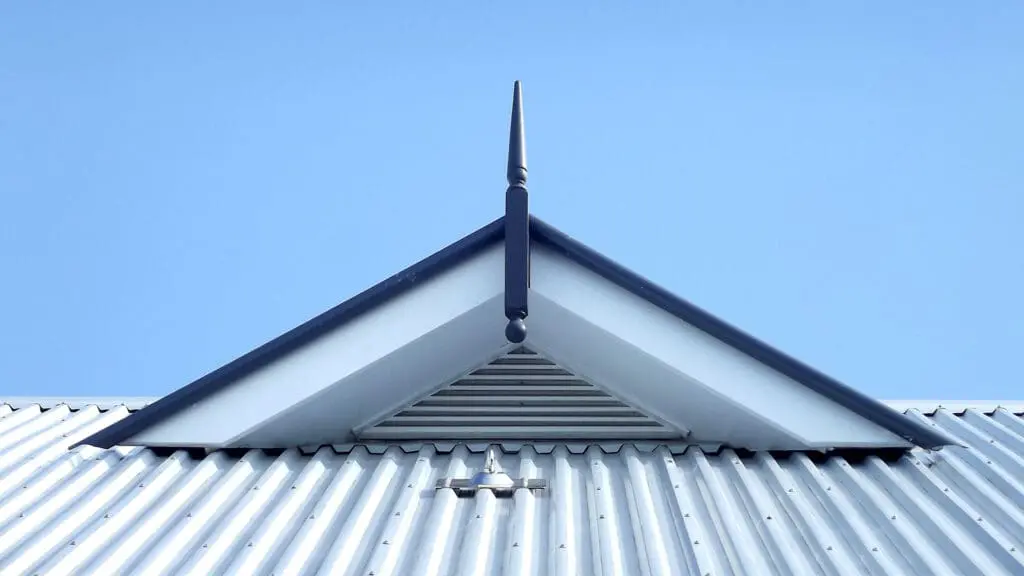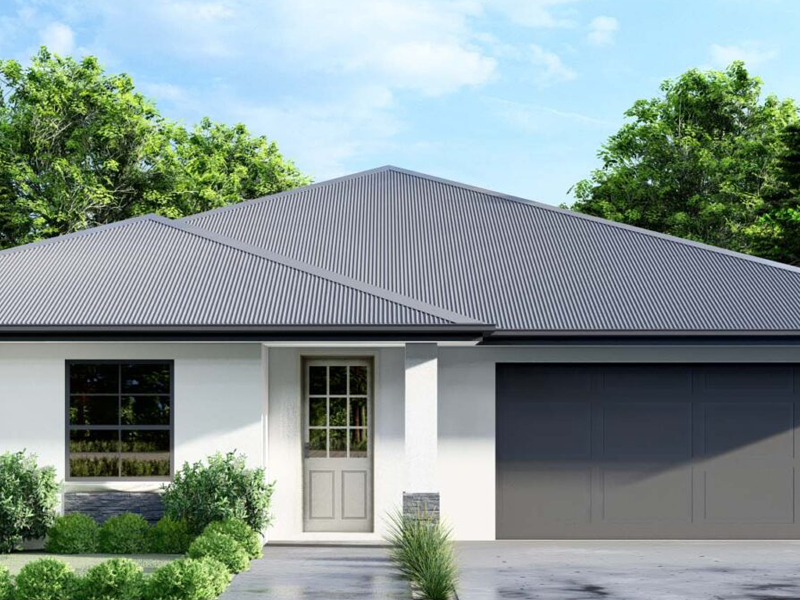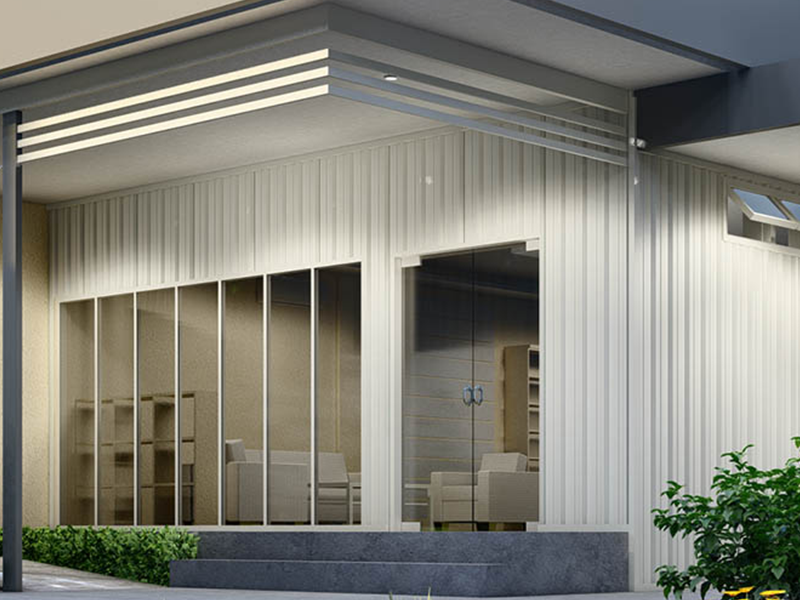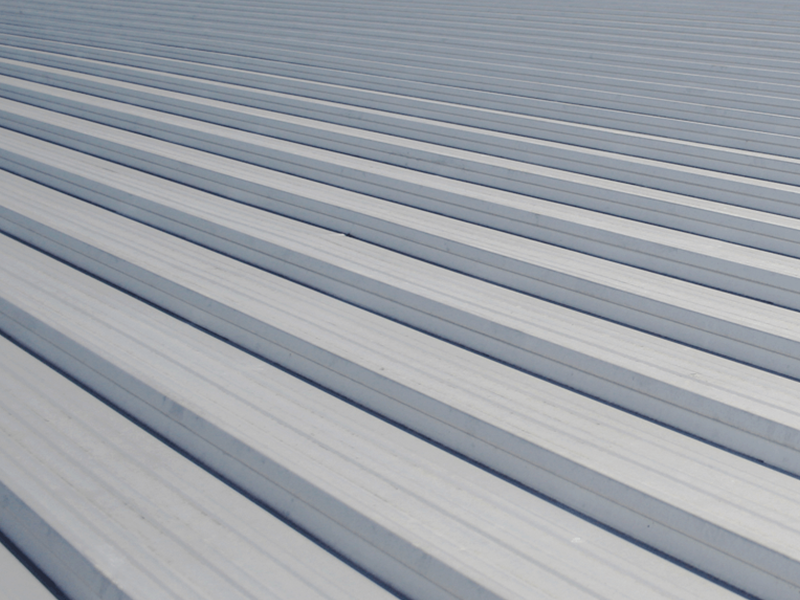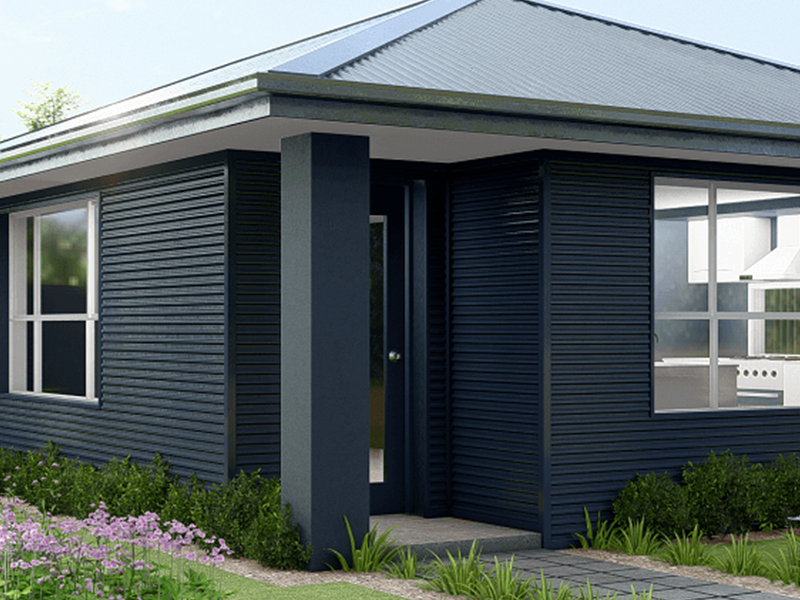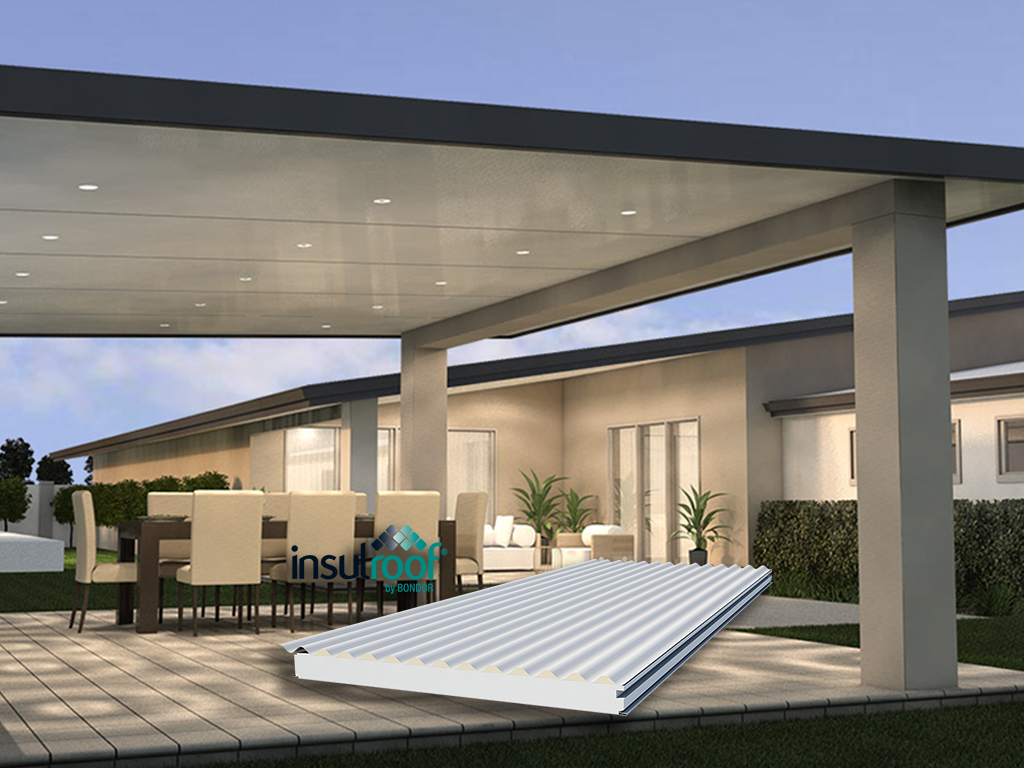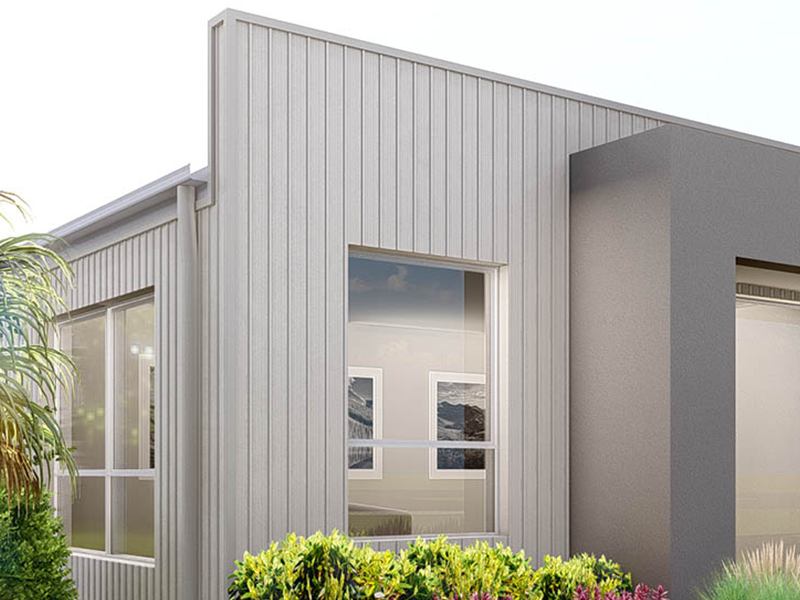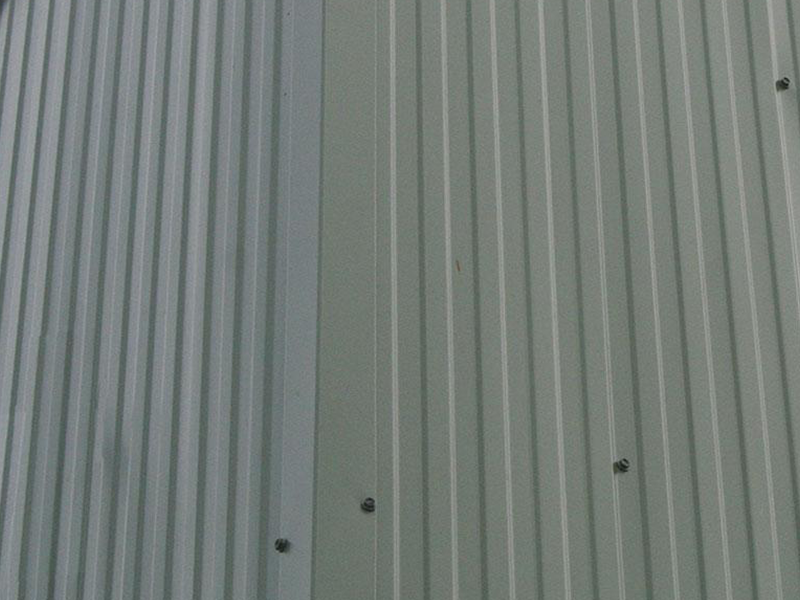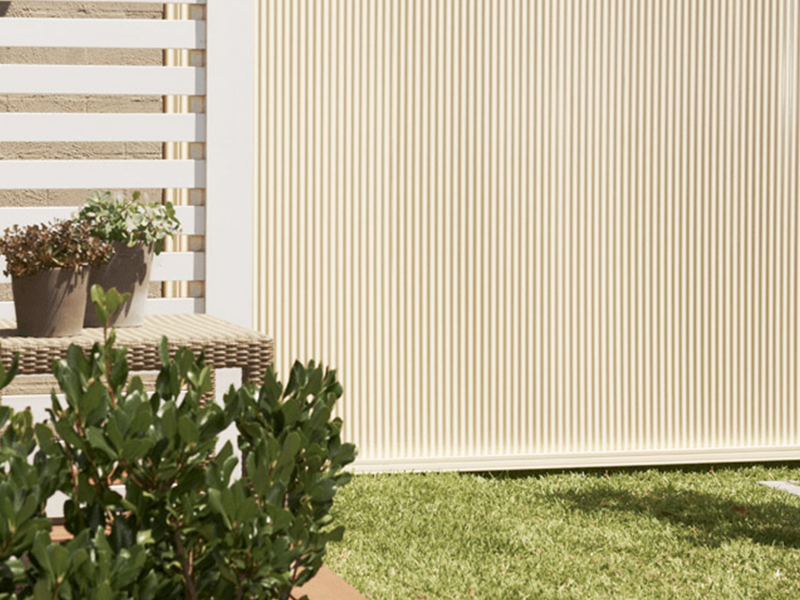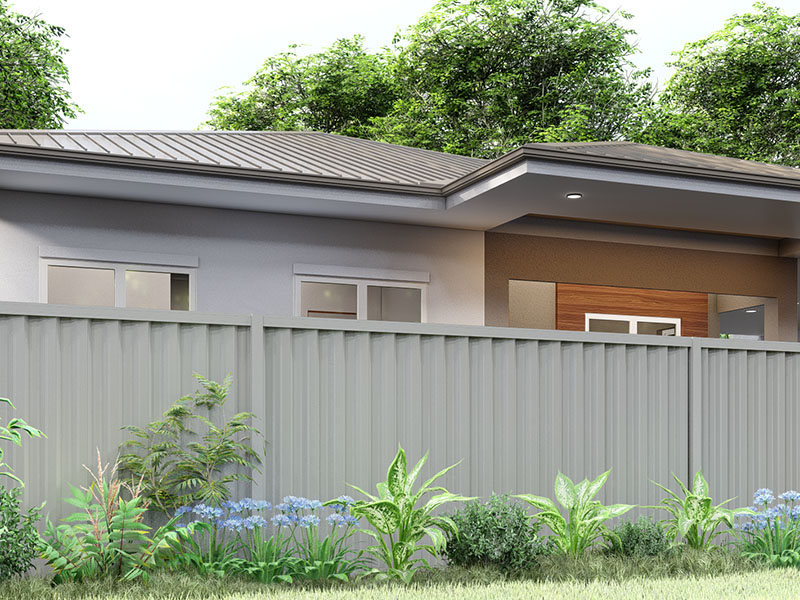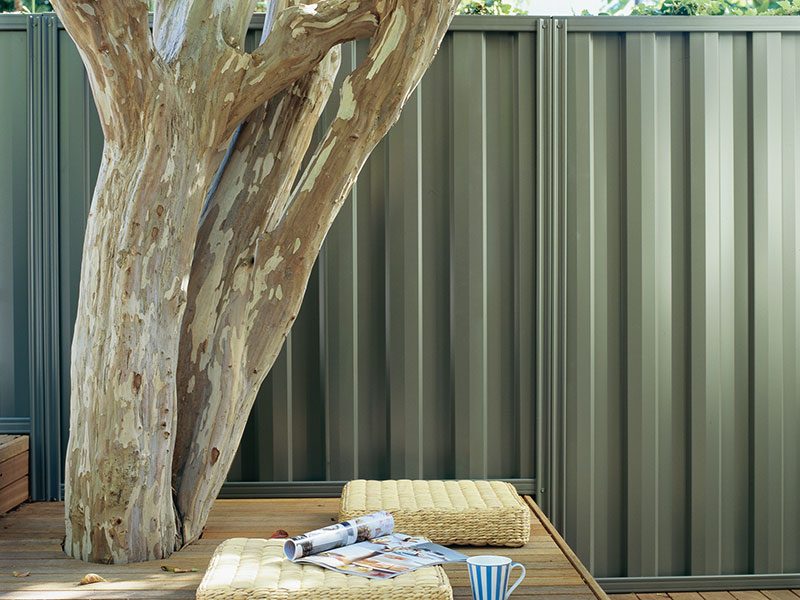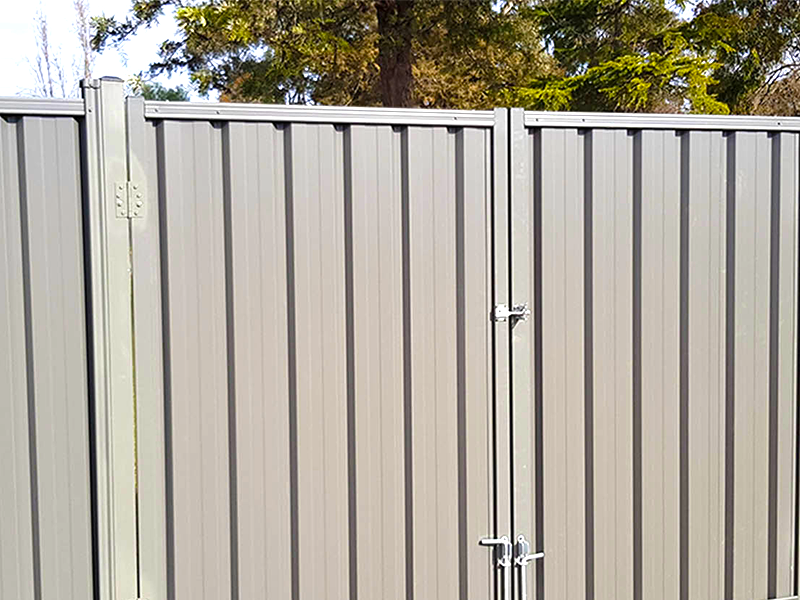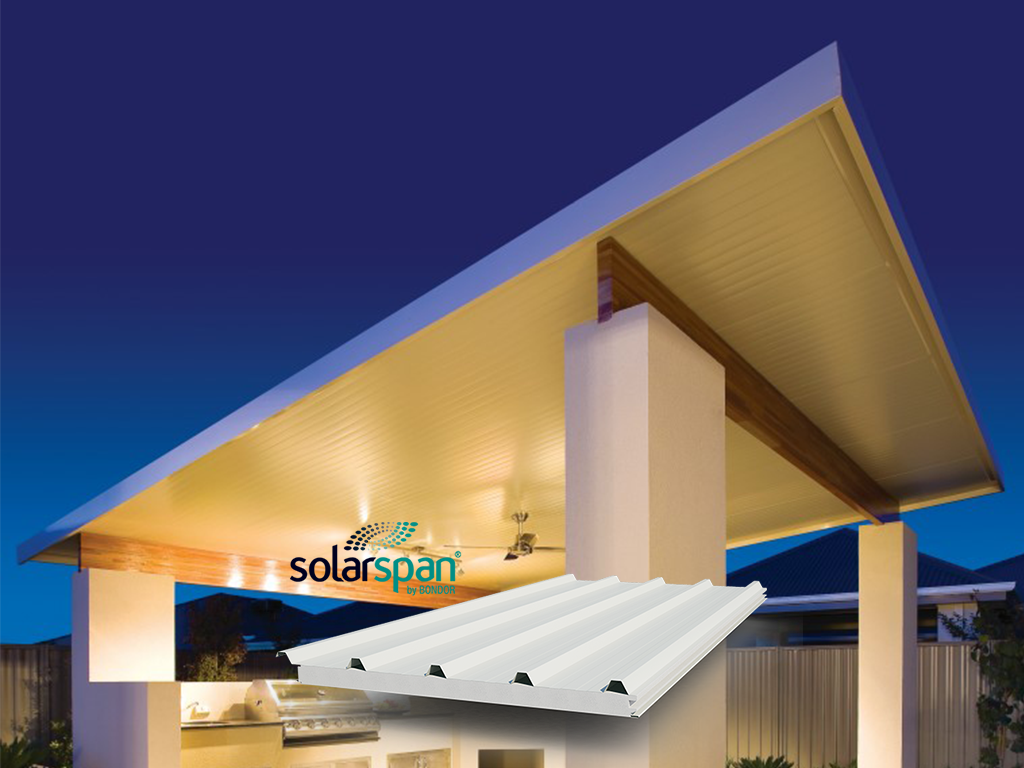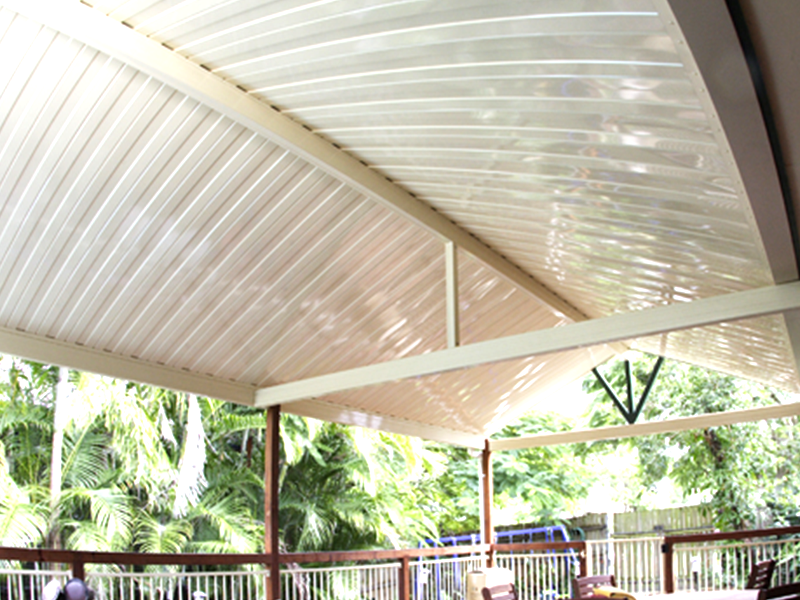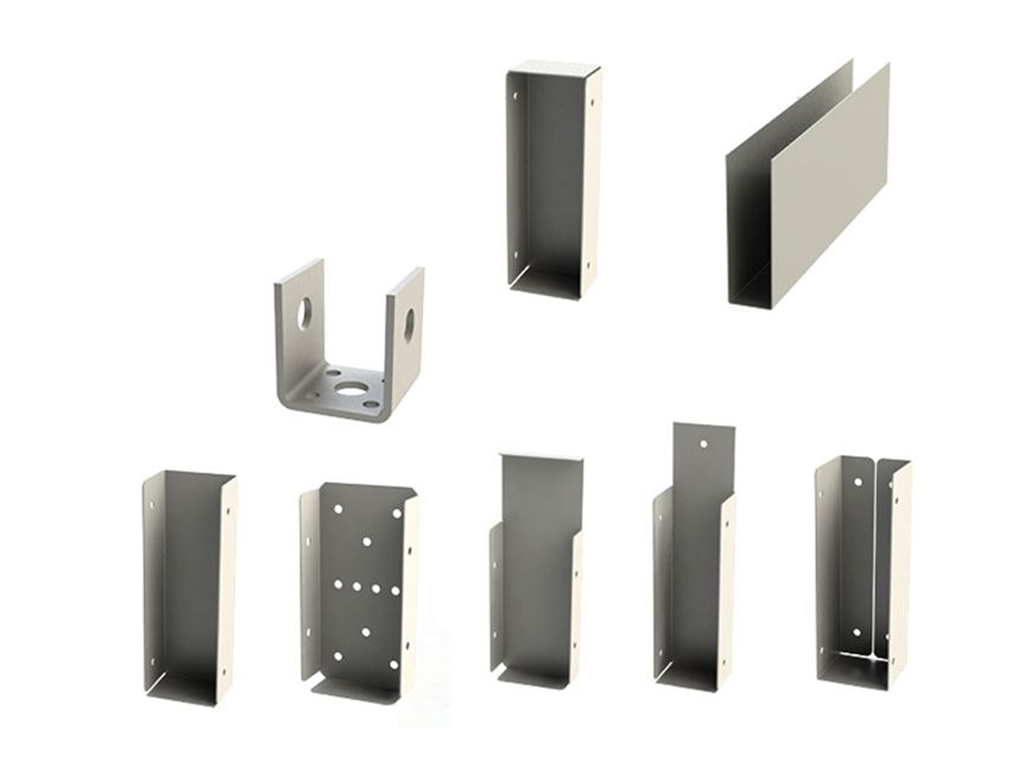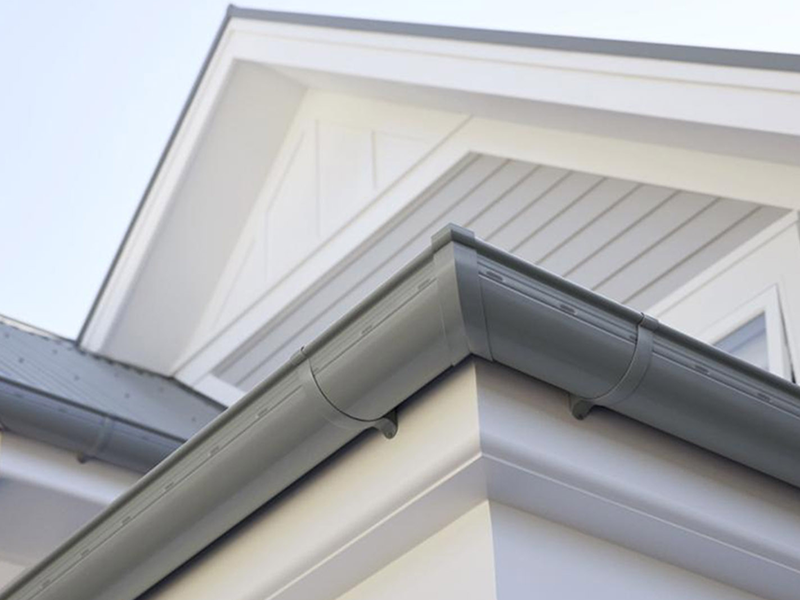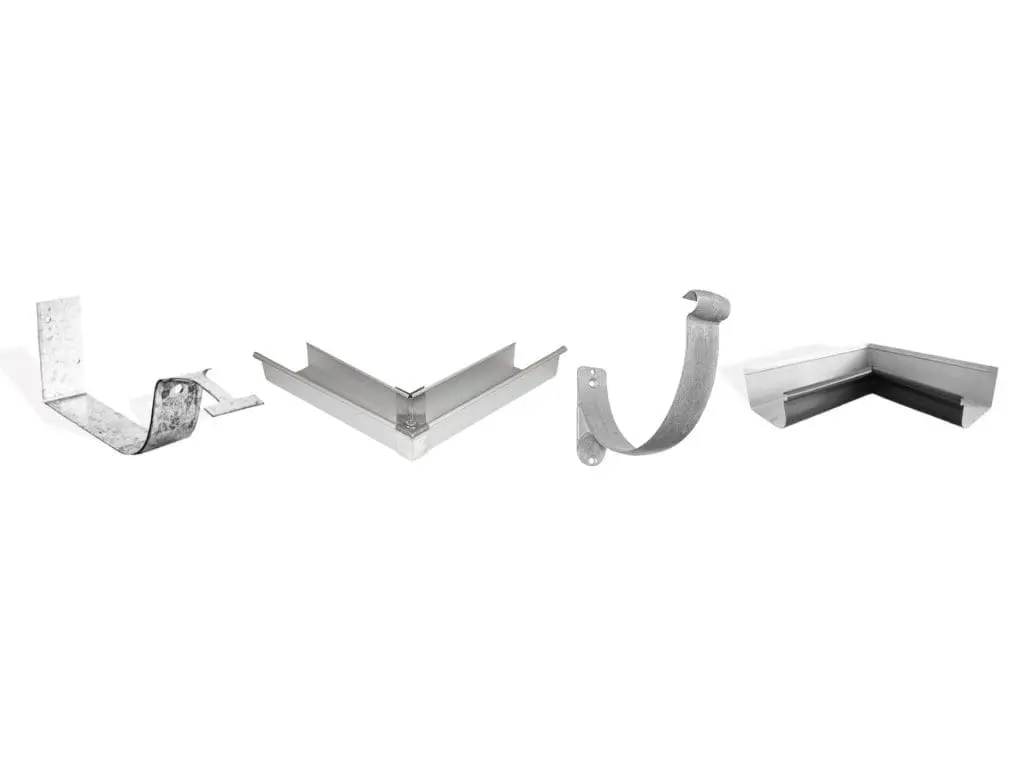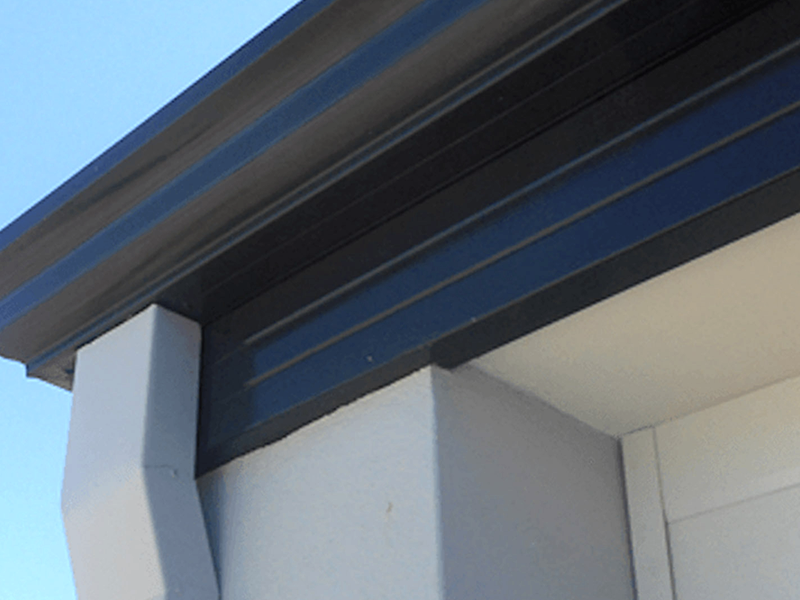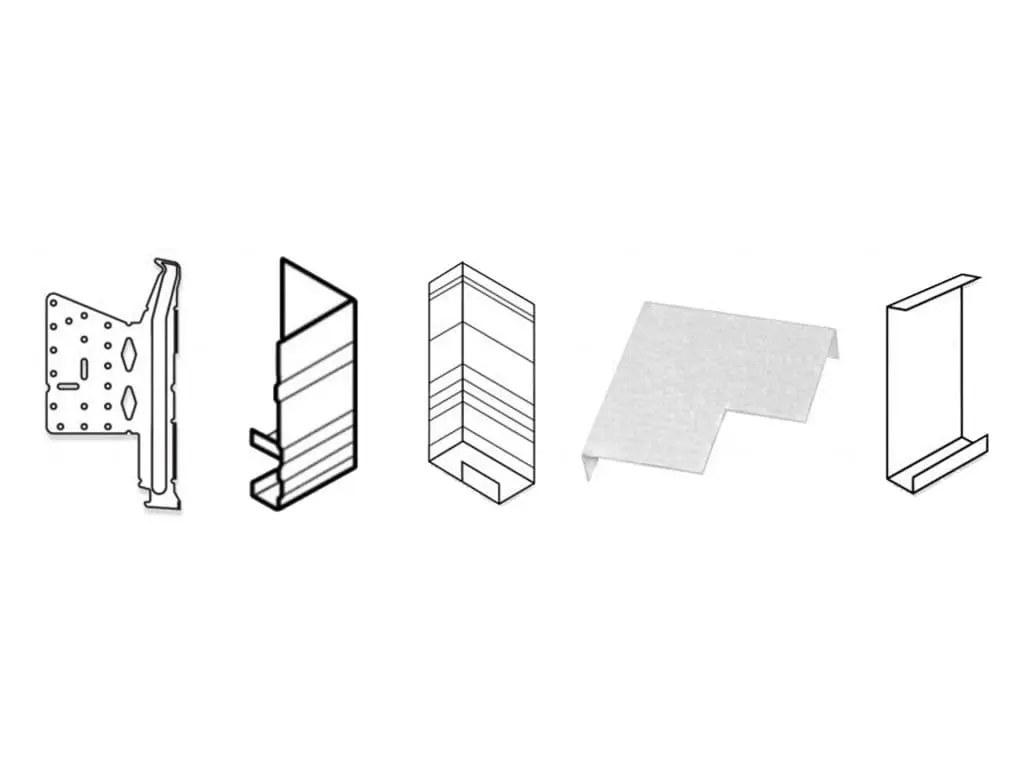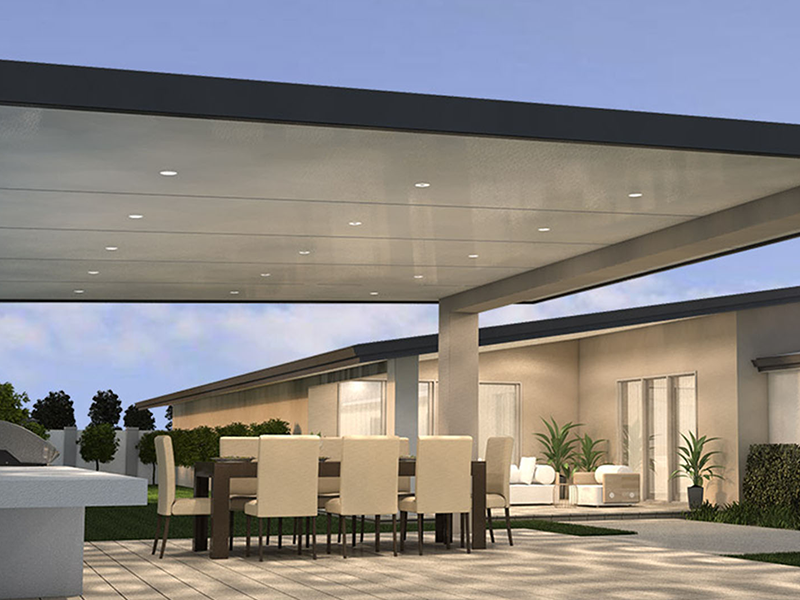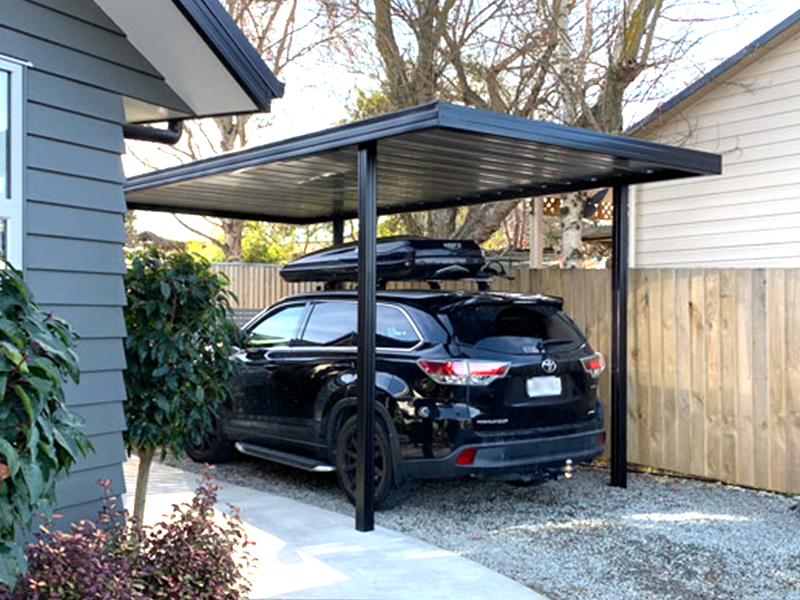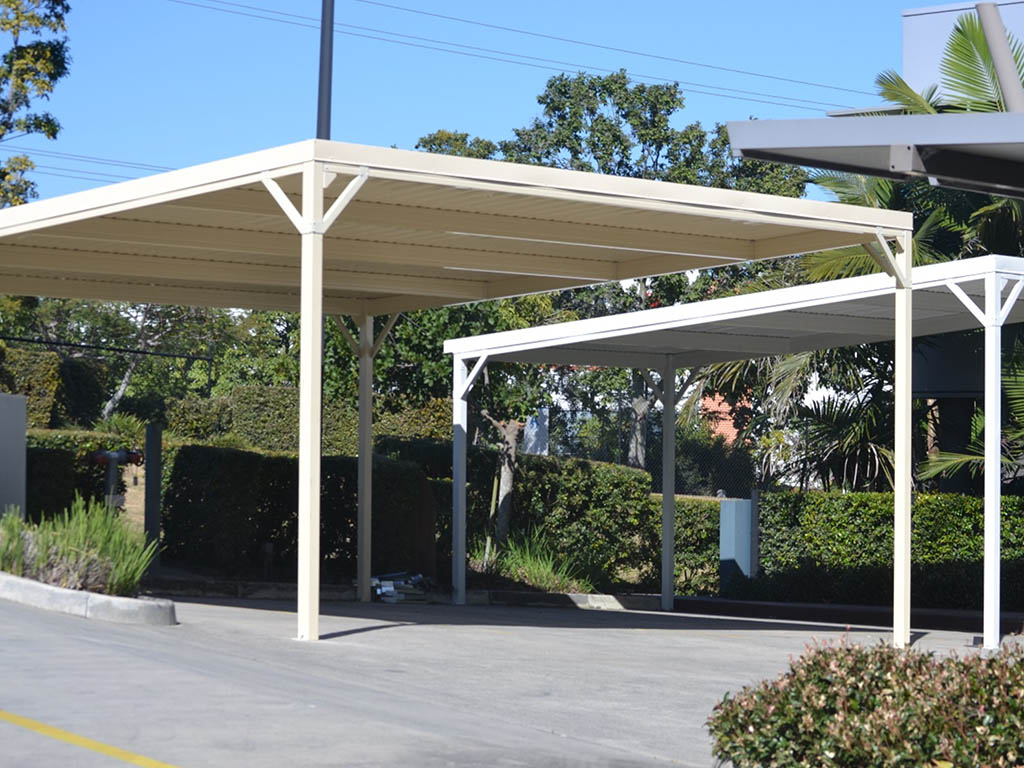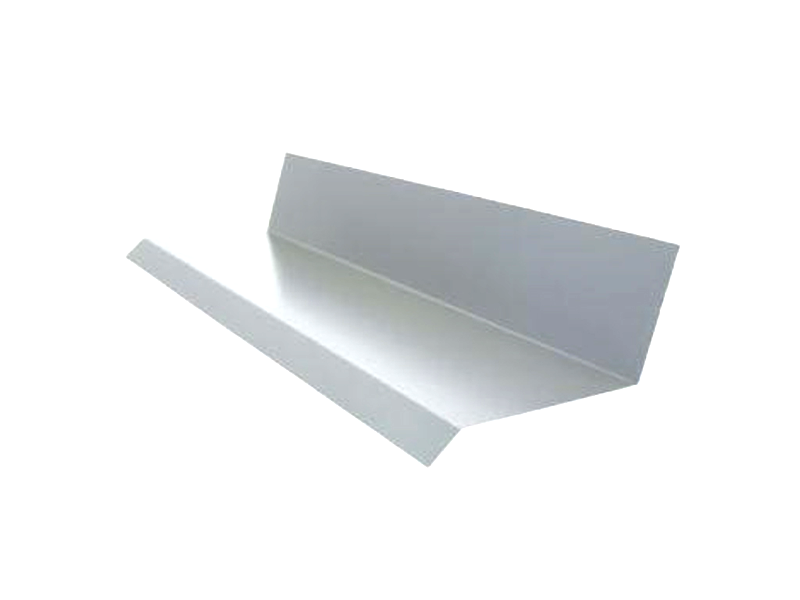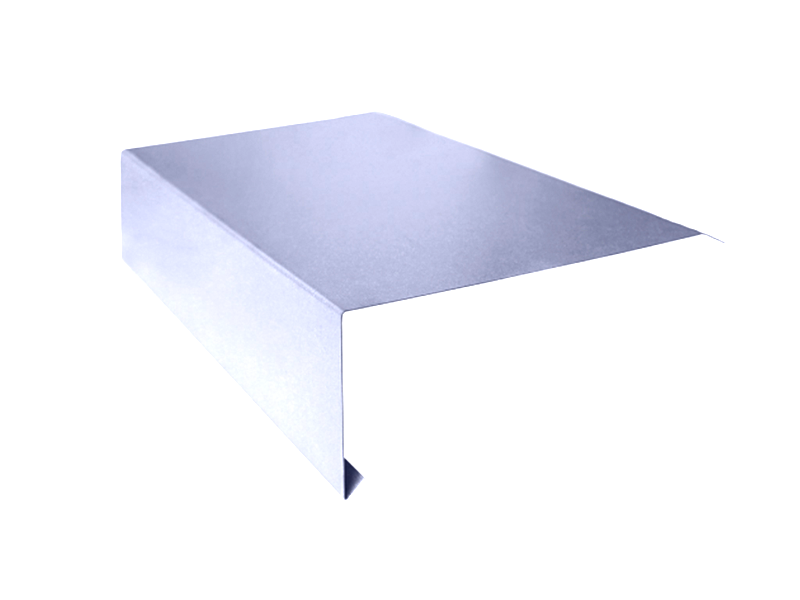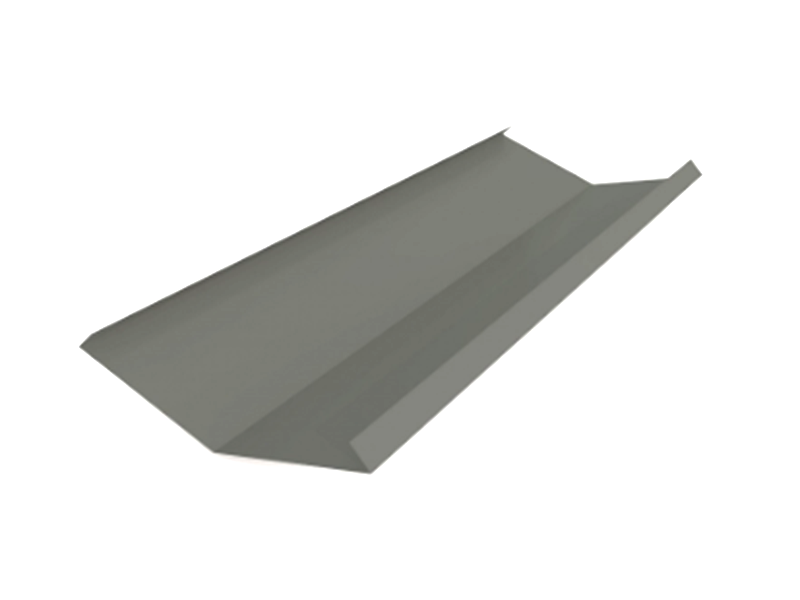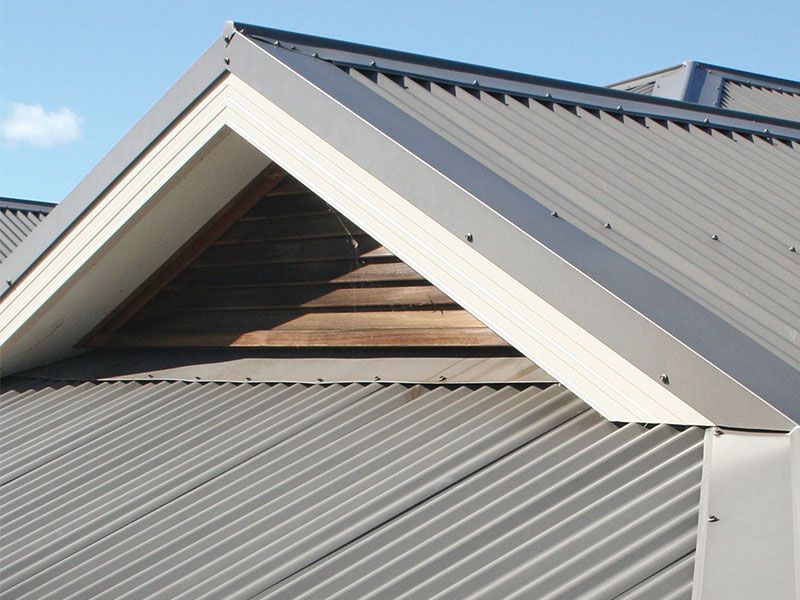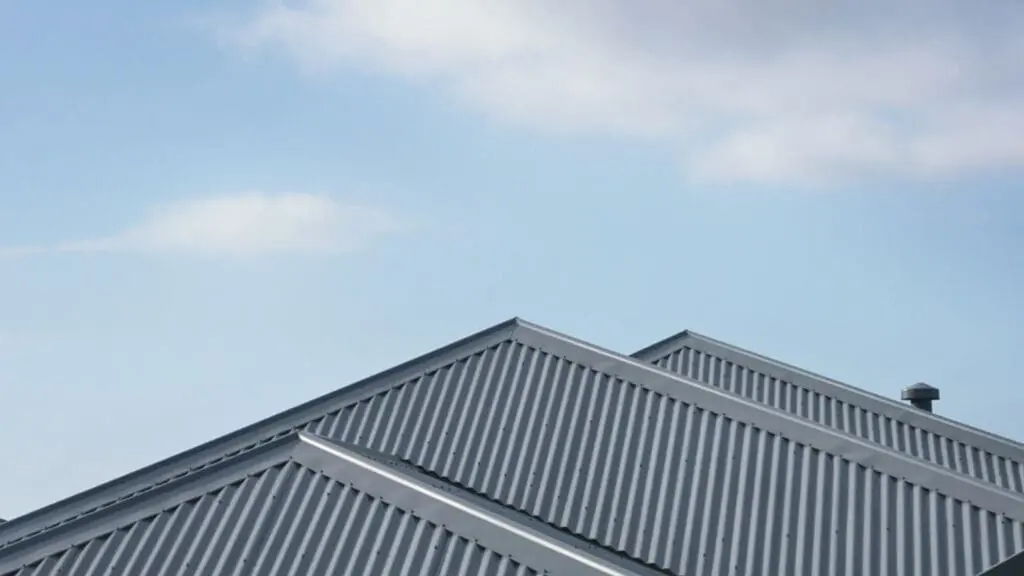
Bushfire BAL Guide for COLORBOND Roofs
When choosing a roof for your home or commercial property, fire safety should be a top consideration, particularly in bushfire-prone areas. One important factor in this is the Bushfire Attack Level (BAL), which measures the potential for a roof to catch fire based on proximity to bushland, vegetation type, and the building’s construction. If you’re considering COLORBOND® steel for your roofing, understanding its role in bushfire resistance can guide you in selecting the most suitable product.
In this guide, we will cover the key points of BAL ratings and how COLORBOND® steel roofing options can be tailored to meet specific fire safety requirements.
Key Takeaways
- The BAL rating determines the bushfire risk level for buildings, which influences roof material selection.
- COLORBOND® steel roofing is available in fire-resistant varieties that comply with various BAL ratings.
- When choosing a roof for bushfire protection, consider the specific fire ratings and additional protective measures, such as rainwater goods and cladding.
- Your choice of roofing system, such as insulated or non-insulated, also impacts fire resilience.
Understanding Bushfire Attack Levels (BAL)
The Bushfire Attack Level (BAL) is a key factor in bushfire-resistant building design. It ranges from BAL-LOW (no risk of ember attack) to BAL-FZ (extreme risk of ember, radiant heat, and direct flame contact). The BAL rating is determined based on several factors including the proximity of the property to bushland, the vegetation surrounding the property, and local weather conditions.
The BAL rating influences how materials like roofing, cladding, and decking are chosen to meet local fire regulations. Each BAL rating requires specific fire-resistant materials to ensure the safety of the structure during a bushfire event.
For example, a BAL-12.5 rating typically requires roofing materials that can withstand moderate ember attack, while higher BAL ratings such as BAL-29 and above call for materials that can endure direct flame contact and intense radiant heat.
COLORBOND® Steel Roofing and Fire Resistance
COLORBOND® steel is a popular roofing material known for its durability, aesthetic appeal, and fire resistance. The material’s fire resistance varies depending on its composition and the specific product used.
What Makes COLORBOND® Steel Roofs Fire-Resistant?
COLORBOND® steel is made from a combination of steel and protective coatings designed to prevent corrosion and damage from the elements. The steel itself is non-combustible, making it a suitable choice for bushfire-prone areas. However, additional features like the type of insulation used underneath the roof also play a role in determining its overall fire resistance.
COLORBOND® steel products are designed to meet Australian building standards, and certain ranges are explicitly tested to withstand higher BAL ratings. Products like the COLORBOND® steel® roofing sheets are built to resist radiant heat and ember attack, and are available in a variety of finishes and profiles.
Choosing the Right COLORBOND® Roof for Your BAL Rating
Depending on your property’s BAL rating, the specific type of COLORBOND® steel roof you choose will need to meet varying levels of fire resistance.
- For BAL-LOW to BAL-12.5: Standard COLORBOND® steel roofing, such as COLORBOND® steel Corrugated Roofing, may suffice, as it provides excellent protection against ember attack.
- For BAL-29 to BAL-40: You’ll need to ensure that the COLORBOND® roofing system is paired with a non-combustible insulation material. Insulated roofing systems like the SolarSpan® Insulated Sheeting can offer enhanced fire protection by preventing heat transfer.
- For BAL-FZ (Flame Zone): For the highest levels of bushfire protection, ensure your roof system includes both fire-rated roofing and appropriate insulation. Products like the Corrugated Insulated Panels are recommended for extreme protection.
If you’re unsure which product to choose, consulting with a supplier can help you make the best decision for your specific BAL rating.
How to Choose the Right COLORBOND® Steel Roofing System for Bushfire Protection
- Determine Your BAL Rating: The first step is to determine your property’s BAL rating. This can be done with the help of a bushfire consultant or by referring to local regulations.
- Select the Appropriate Roofing Product: Based on the BAL rating, choose a COLORBOND® steel roofing system that offers the appropriate level of fire resistance. For moderate to high BAL ratings, consider insulated panels or roofing options designed for heat and ember resistance.
- Ensure Proper Insulation and Guttering: Complement your roofing choice with suitable fire-resistant insulation, such as SolarSpan® Insulated Sheeting, and fire-rated rainwater goods like gutters and downpipes.
- Consult Local Regulations: Always ensure your chosen roofing solution complies with local building codes and fire regulations to ensure the safety and compliance of your structure.
Key Features to Look for in Fire-Resistant Roofing Materials
When selecting fire-resistant materials, consider the following:
- Non-combustibility: Steel and metal roofing systems are naturally non-combustible, which is essential for bushfire safety.
- Thermal Resistance: Insulated roofing products, like COLORBOND® steel® insulated panels, help to prevent the transfer of heat from external sources into the building.
- Ember Resistance: Look for roofing systems that can withstand flying embers, which are one of the main causes of property fires during a bushfire.
FAQs
What is the BAL rating, and how does it affect my roof?
The BAL rating assesses a building’s exposure to bushfire risks and influences material selection for roofing, cladding, and decking. A higher BAL rating requires fire-resistant materials to ensure the building can withstand heat, ember, and flame.
Can COLORBOND® steel be used for high BAL ratings?
Yes, COLORBOND® steel is an excellent option for bushfire-prone areas. Specific products, like insulated sheeting and non-combustible roofing, are designed to meet the requirements of higher BAL ratings.
How can I improve my home’s fire protection?
In addition to selecting fire-resistant roofing, ensure that all aspects of your home’s exterior are flame-resistant, including rainwater goods, cladding, and fences. Products like COLORBOND® steel Corodek® roofing and fencing solutions can provide comprehensive protection.
What insulation should I use for a fire-resistant roof?
Non-combustible insulation materials, such as those used in SolarSpan® Insulated Sheeting, help to enhance the fire resistance of your roofing system.
Conclusion
Ensuring that your roof is bushfire-resistant is critical for safety in bushfire-prone regions. COLORBOND® steel offers a variety of roofing solutions that cater to different BAL ratings, providing you with the peace of mind that your roof can withstand the challenges of a bushfire. Whether you need standard corrugated roofing or an insulated roofing system, selecting the right product can significantly reduce the risk of fire damage.
If you’re ready to make your home or building more fire-resistant, explore our range of COLORBOND® steel roofing products to find the best solution for your needs.

